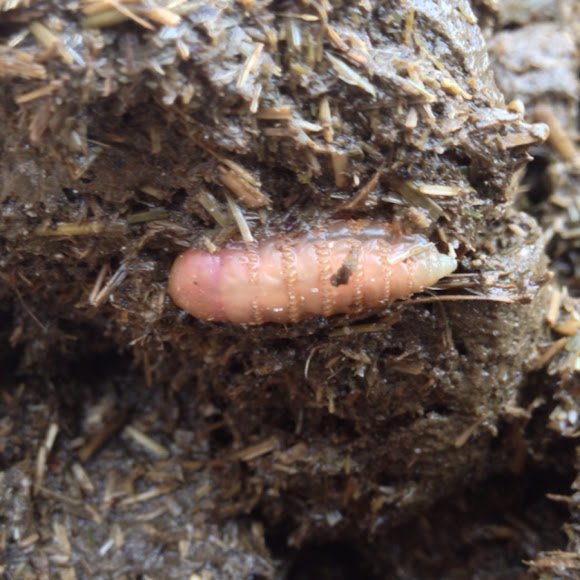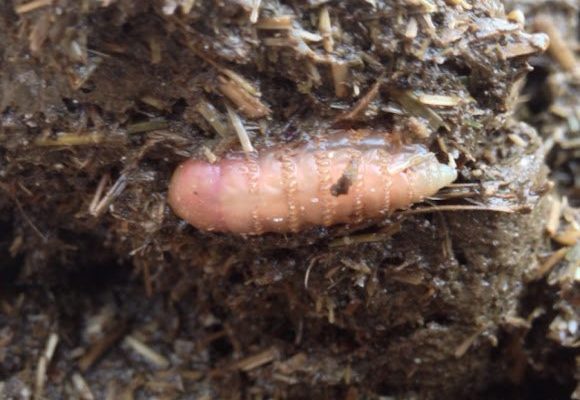
In this article, we’re diving deep into the world of botflies and their larvae. We’ll explore what they are, how they grow, and why they matter in the grand scheme of wildlife education. You’ll discover that there’s a lot more to these creatures than you might think. So, grab a comfy chair and let’s chat about these curious critters!
What Are Botflies?
Botflies belong to the family *Oestridae*, and they might just be the most misunderstood insects around. These flies, often found in tropical regions, have a unique life cycle that sets them apart. Unlike your average housefly, botflies don’t just hover around your picnic. Instead, they lay their eggs on mammals, including humans.
Once the eggs hatch, the larvae burrow into the host’s skin. It sounds a bit creepy, but let’s think of it as a peculiar form of nature’s recycling program. The larvae rely on the host for nourishment and protection while they grow. Picture this: a tiny creature having a all-you-can-eat buffet while riding around inside a larger animal. It’s both fascinating and a little gross!
The Life Cycle of Botfly Larvae
The life cycle of botfly larvae is like something out of a nature documentary. It starts when a female botfly lays her eggs—often on a mosquito or another insect. When that insect bites a mammal, the warmth of the host triggers the eggs to hatch. The larvae then crawl into the wound. It’s a clever strategy, but also a tad unsettling, right?
Once inside, the larvae take about 5 to 12 weeks to develop, depending on the species and environmental conditions. They create a small breathing hole in the host’s skin, which might look like a pimple. This unique feature allows them to breathe while munching away. After they grow, they eventually drop out of the host and pupate in the soil, starting the cycle all over again. Nature sure has a way of keeping things interesting!
Why Teach About Botfly Larvae?
You might be thinking, “Why should I care about botfly larvae?” Here’s the thing: teaching about them opens doors to discussions about ecology, biology, and the interconnectedness of life. Understanding botflies helps students appreciate that even seemingly unpleasant creatures have a purpose.
In wildlife education, it’s crucial to portray the entire tapestry of nature. Botfly larvae contribute to the balance of ecosystems by being part of the food chain. They serve as a food source for other animals and help regulate host populations. By teaching about them, we develop curiosity and a sense of responsibility towards all creatures, not just the cute ones.
Identifying Botfly Infestations
Identifying botfly larvae can be especially important in areas where they’re common. If you’re in the field or teaching students about wildlife, knowing what to look for can be crucial. The signs of a botfly infestation can vary, but typically, it starts with irritation at the site of entry.
Some common indicators include:
- Swelling or a bump under the skin
- Pus or fluid leaking from the site
- Visible breathing holes where the larvae are
If you suspect a botfly infestation, it’s essential to seek professional help as trying to remove them on your own can cause complications. Teaching about these signs helps foster awareness and prompt action, which can make a big difference.
Dealing with Botfly Larvae: Treatment and Prevention
Treating botfly larvae isn’t as straightforward as other insect bites. If someone suspects they have botfly larvae, it’s important to consult a healthcare professional. They can provide the best treatment options, which may include removing the larvae safely.
Preventative measures are equally crucial. Here are a few tips to help avoid botfly infestations:
- Use insect repellent when outdoors, especially in tropical or humid areas.
- Avoid sitting directly on the ground or vegetation.
- Wear protective clothing while in infested regions.
By instilling good prevention habits, we empower students and outdoor enthusiasts to enjoy nature while minimizing risks!
Connecting Botflies to Broader Ecosystem Concepts
As we wrap up our discussion, let’s tie the concept of botfly larvae into broader ecosystem themes. Teaching about these creatures is a gateway to understanding larger ideas in ecology, like parasitism, symbiosis, and biodiversity.
For example, you can compare the life cycle of botflies with that of other parasitic insects, like tapeworms. Both organisms rely on hosts but have different impacts on the host’s health. Discussing these differences can spark curiosity and debate, prompting learners to think critically about how all life forms fit together in nature.
Connecting botflies to these wider concepts helps students see the bigger picture. It encourages them to ask questions about how ecosystems function and the roles that various organisms play.
Botfly larvae might not be the most charming topic in wildlife education, but they tick all the boxes for intrigue and learning. By teaching about these small creatures, we foster a deeper appreciation for the complexities of nature. Whether it’s through understanding their unique life cycle or recognizing their ecological roles, botflies can ignite curiosity in students.
Let’s remember that every creature, no matter how unusual, contributes to the tapestry of life. Understanding botfly larvae is just one piece of the puzzle that helps us connect with and appreciate the natural world. So, the next time you’re exploring wildlife topics, don’t shy away from the strange and unusual—embrace it!

